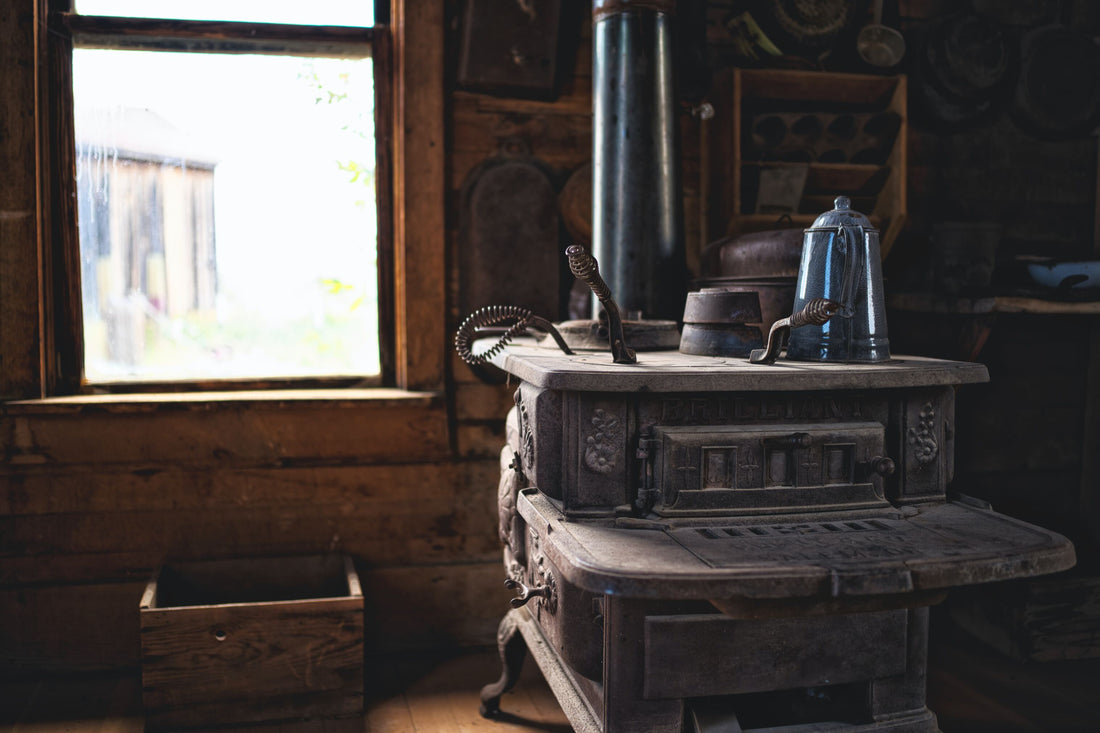Did you know that the tradition of using wood stoves in saunas dates back hundreds of years, particularly in Nordic countries where saunas are a staple of life? This timeless method of heating brings a multitude of benefits as well as some considerations.
In this blog post, we'll dive into the pros and cons of using a sauna wood stove in your personal home sauna, providing insights for those considering this traditional heating method. Whether you're in Canada or any other part of the world, understanding the pros and cons of a wood-burning sauna stove will help you choose the best heater for your sauna.
Pros of Sauna Wood Stoves
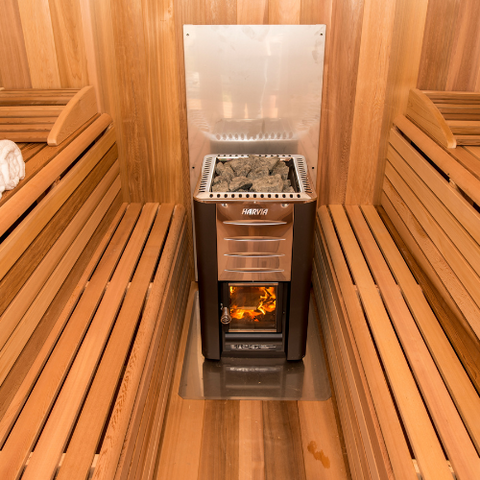
Discover the benefits of sauna wood stoves, from their authentic ambiance to their eco-friendly warmth and cost-effectiveness.
Authentic Experience
There's something undeniably authentic about a wood stove sauna. The crackle of the firewood, the scent of burning logs, and the gentle warmth radiating from a wood burning sauna stove offer an unmatched, traditional sauna experience.
Eco-Friendly Heating
For the environmentally conscious, a wood fired sauna stove is a sustainable choice, especially when using responsibly sourced firewood. This method reduces reliance on electricity and fossil fuels, aligning with eco-friendly living principles.
Cost-Effectiveness
Operating a sauna wood stove can be more cost-effective in the long run. Especially in regions like Canada, where firewood may be more readily available and affordable, the operational costs of wood burning sauna stoves can be significantly lower than their electric counterparts.
Zone Independent
A wood stove for a sauna doesn't require electricity, making it perfect for off-grid locations or outdoor settings where power access is limited. This independence allows for sauna installation in various environments, from backyards to remote cabins.
Cons of Sauna Wood Stoves

While sauna wood stoves offer a traditional and immersive sauna experience, it's important to consider the challenges, including maintenance demands and safety precautions.
Maintenance and Cleaning
One of the notable downsides of a wood stove sauna is the required maintenance. Regular cleaning of ash and soot, along with chimney maintenance, can be time-consuming and requires consistent effort.
Fire Safety
Using a wood burning sauna stove comes with inherent fire risks. Proper installation, vigilant operation, and adherence to safety regulations are crucial to mitigate these risks.
Temperature Control Challenges
Achieving and maintaining the desired temperature can be more challenging with a sauna wood stove. Unlike electric heaters, where temperature control is straightforward, wood stoves require careful management of firewood and airflow.
Initial Setup and Cost
The initial setup for a wood stove sauna, including the stove purchase, installation, and necessary safety features, can be higher compared to electric sauna heaters. This initial investment might be a consideration for some.
Sauna Wood Stove vs. Electric Sauna Heater
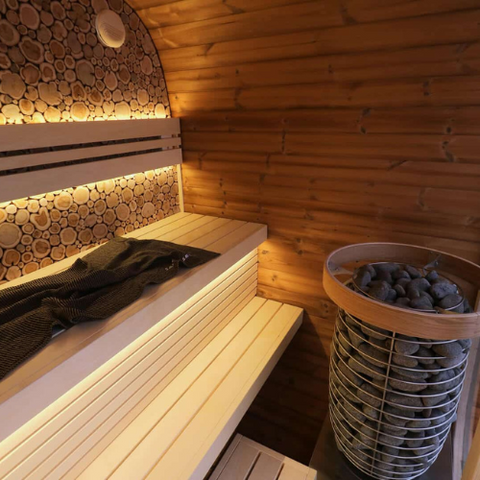
When debating between a sauna wood stove and an electric sauna heater, several factors come into play. A sauna wood stove offers an unparalleled traditional sauna experience, radiating not just heat but also the comforting crackle of burning logs, the scent of woodsmoke, and a naturally humid heat that many find more comfortable. This method is ideal for those seeking an authentic sauna atmosphere, especially in off-grid locations where electricity might not be readily available.
Conversely, electric sauna heaters provide a modern, convenient alternative. They offer precise temperature control at the touch of a button and require less physical maintenance than wood stoves. Electric heaters are suited for indoor saunas, particularly in urban settings, where the ease of use and minimal installation requirements are significant advantages. However, they lack the traditional ambiance of wood stoves and will increase your electricity bill.
Sauna Wood Stove Safety Tips
Safety should always be a priority when operating a sauna wood stove. Here are some essential tips to ensure a safe and enjoyable sauna experience:
Installation and Clearance
Correct installation and clearance are fundamental for the safety and efficiency of your sauna wood stove. A professional installer will ensure that your stove is positioned to optimize heat distribution while maintaining safe distances from combustible materials.
This involves adhering to specified clearances from walls, ceilings, and flooring, which can vary based on your stove model and local regulations. Proper installation not only safeguards against fire risks but also enhances the longevity of your sauna by preventing heat damage to surrounding structures.
Proper Ventilation
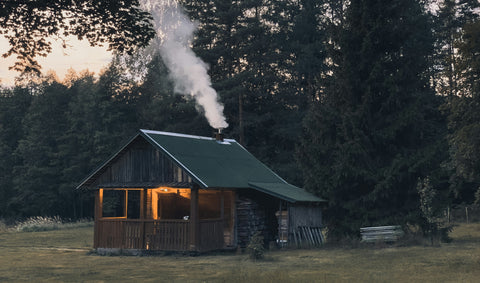
Ventilation plays a pivotal role in maintaining a safe and comfortable sauna environment. A well-designed venting system allows for the efficient expulsion of smoke and harmful gasses, ensuring that the air inside your sauna remains clean and breathable.
Moreover, proper ventilation supports the stove's combustion process, improving fuel efficiency and heat output. Ensuring your sauna is equipped with a chimney or vent that meets the specifications of your wood stove model will enhance your sauna experience and safety.
Regular Maintenance
The importance of regular maintenance for your sauna wood stove cannot be overstressed. Over time, ash and soot accumulation can impair your stove's performance and pose a fire hazard. Regular cleaning, including the removal of ash and checking for soot buildup in the chimney, ensures your stove operates efficiently and safely.
Additionally, annual inspections by a professional chimney sweep can identify and rectify potential issues like blockages or structural damage, preventing dangerous situations before they arise.
Quality Firewood
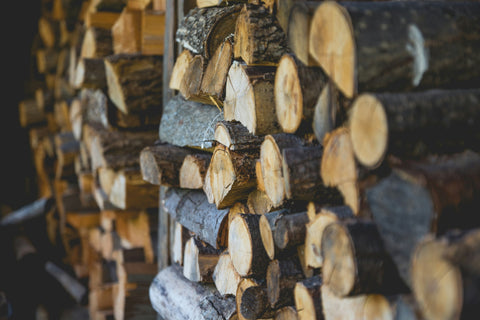
The choice of firewood significantly impacts the performance of your sauna wood stove and the overall sauna atmosphere. Dry, seasoned wood burns more cleanly and efficiently, producing less smoke and reducing the buildup of creosote—a flammable substance that can lead to chimney fires.
Using the right type of wood not only enhances the safety of your sauna but also contributes to a more enjoyable and aromatic sauna experience, with less environmental impact.
Fire Extinguishing Measures
Even with all the right precautions, it's vital to be prepared for unexpected fire emergencies. Keeping fire extinguishing tools, such as a fire extinguisher, sauna bucket, or water source, within easy reach provides peace of mind and allows for quick action if needed. Familiarizing yourself with how to use these tools and ensuring they are in good working condition is just as crucial as having them on hand.
Supervision
Active supervision is essential when operating a sauna wood stove. Never leaving the stove unattended while in use minimizes the risk of fire spreading unnoticed. After each sauna session, it's important to ensure that the fire is completely extinguished and the stove is securely closed. This practice not only prevents accidents but also conserves firewood and maintains air quality in your sauna space.
By following these safety tips, you can enjoy the warmth and tradition of a sauna wood stove while minimizing risks and ensuring a safe environment for relaxation.
Conclusion: Shop Sauna Wood Stoves by ELU
In conclusion, while a sauna wood stove brings an authentic and eco-friendly sauna experience, it also requires careful consideration of maintenance, safety, and initial investment. Whether you're in Canada or elsewhere, the choice between a wood burning sauna stove and other heating methods depends on your personal preferences, lifestyle, and sauna usage habits.
If the rustic charm and traditional ambiance of a wood stove sauna appeal to you, and you're prepared for the maintenance involved, this could be the perfect choice for your home sauna.
Find the best sauna wood stove Canada offers today at ELU, where quality meets tradition. Each sauna wood stove comes with a limited 5-year warranty guaranteed, ensuring your peace of mind and a lasting sauna experience.
